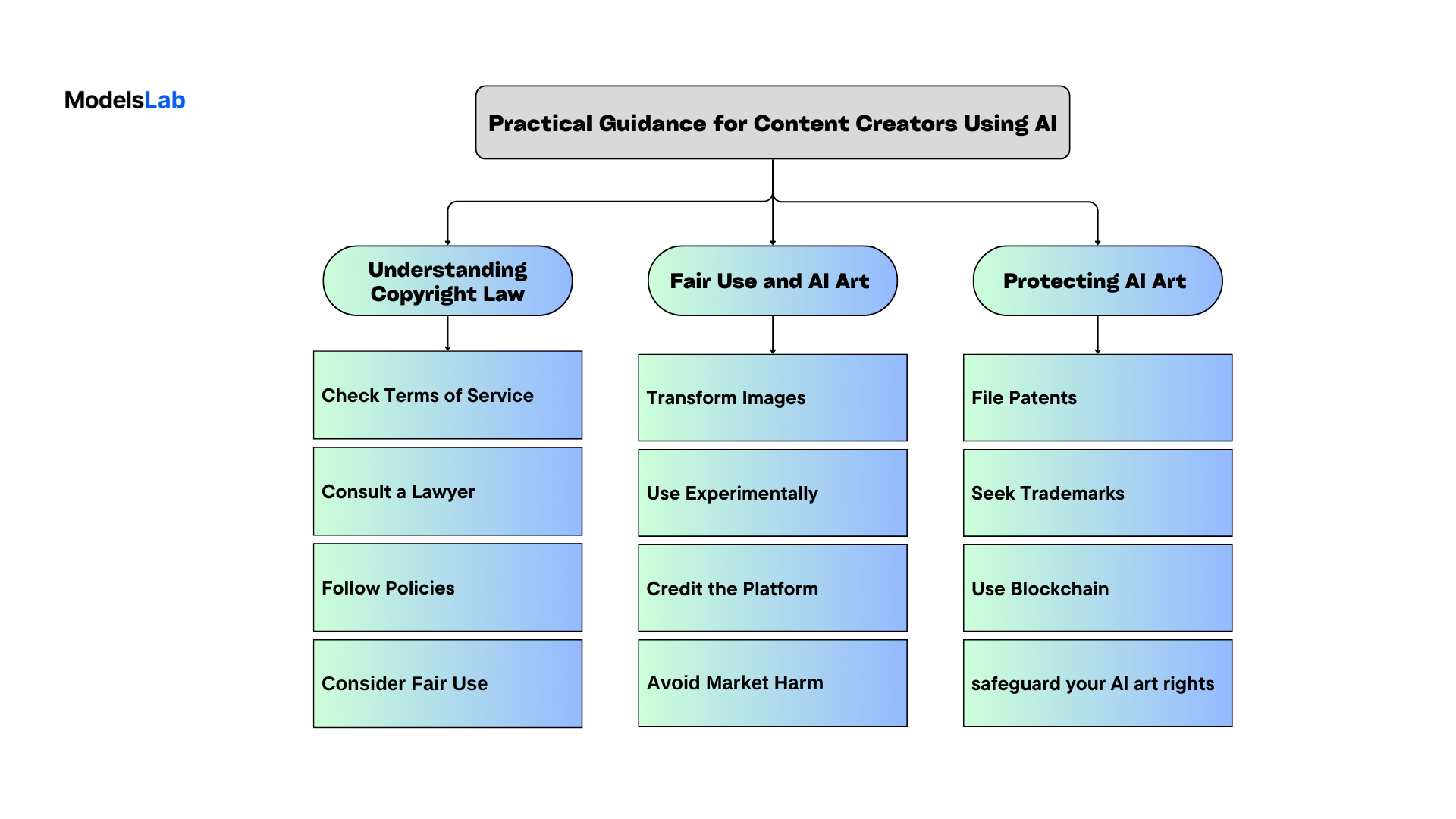Generative AI Art and Copyright: What You Need to Know
Written on . Posted in AI.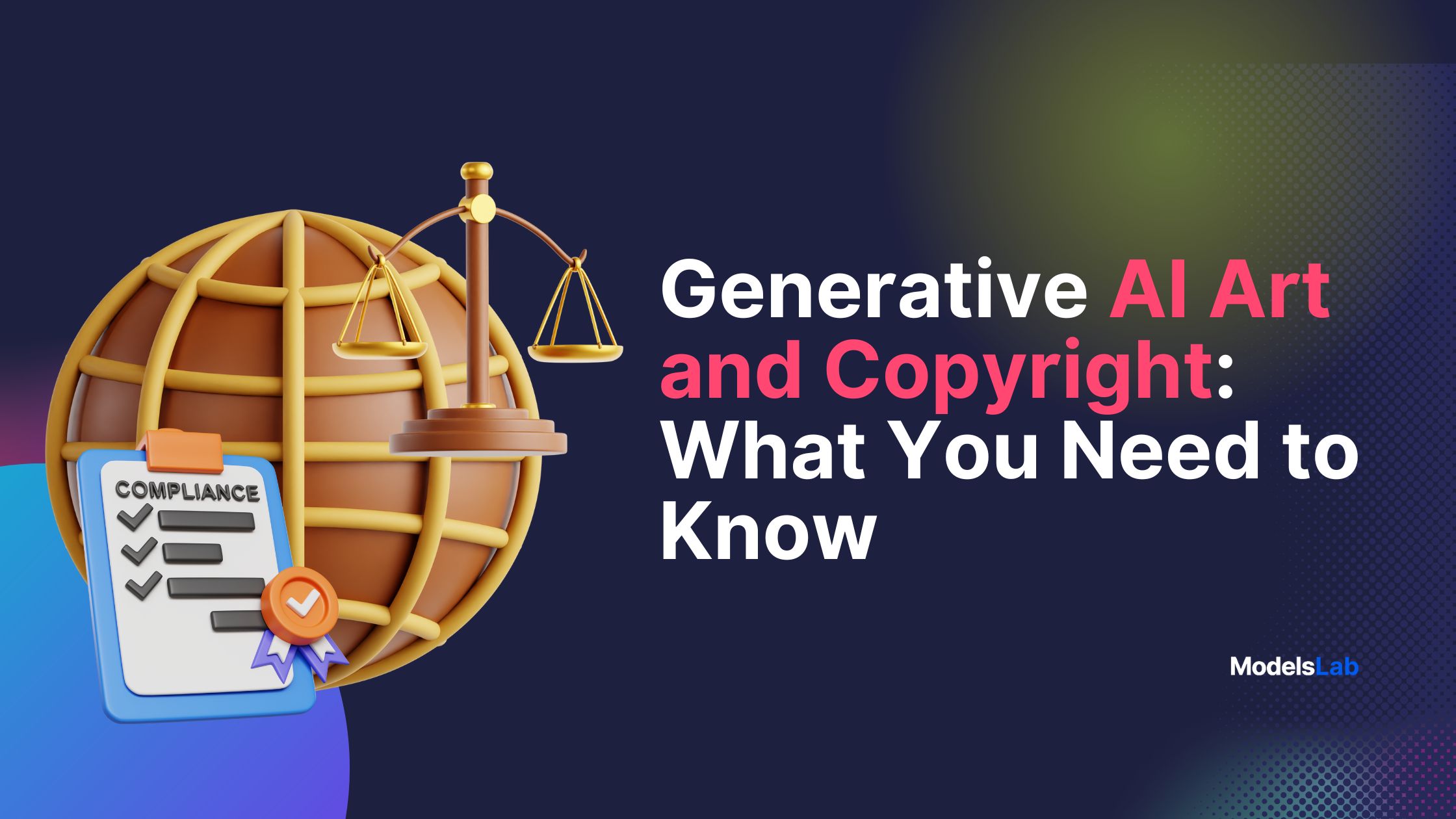
Generative AI is quickly becoming a part of our daily lives, changing how we create, share, and do business. For instance, AI-generated images of Donald Trump and Kamala Harris together have recently gone viral on social media, capturing public attention.
But these AI tools aren't creating content out of thin air. They are trained on vast amounts of data, learning patterns, and making predictions based on millions of images and texts. This ability to generate new, realistic content is impressive, but it also raises important legal concerns, especially around copyright and intellectual property issues. As we use these powerful tools, it's important to consider their legal and ethical implications.
What In this blog for you:
How AI is pushing the boundaries of creativity and what it means for the future of art and innovation.
Learn about the current legal landscape for AI-generated works and the critical need for human input to secure copyright protection.
Find out about ongoing lawsuits against AI companies for alleged copyright infringements and how these legal battles could reshape the industry.
Get insights into the EU’s AI Act and other potential laws that might change how copyright applies to AI creations, impacting content creators and tech companies alike.
Understand how generative AI could disrupt traditional creative sectors, offering new opportunities and posing challenges for human creators.
See how technology companies are addressing the risks associated with AI models, from tracking data to updating licensing agreements.
Learn key strategies for crafting software licenses for generative AI that protect intellectual property and align with evolving legal standards.
Explore how future legal developments may balance innovation with copyright protection, shaping the way we view and manage AI-generated content.
So, Let’s get started.
Understanding Creativity
Creativity is the ability to generate new ideas, alternatives, or solutions to solve complex problems and create valuable, surprising outcomes. Leonardo da Vinci once said that even a soiled rag thrown at a blank canvas could inspire a creative process.
In November 2023, Christie’s collaborated with Gucci to auction artworks created using AI and generative techniques, showing how technology and creativity can intersect.
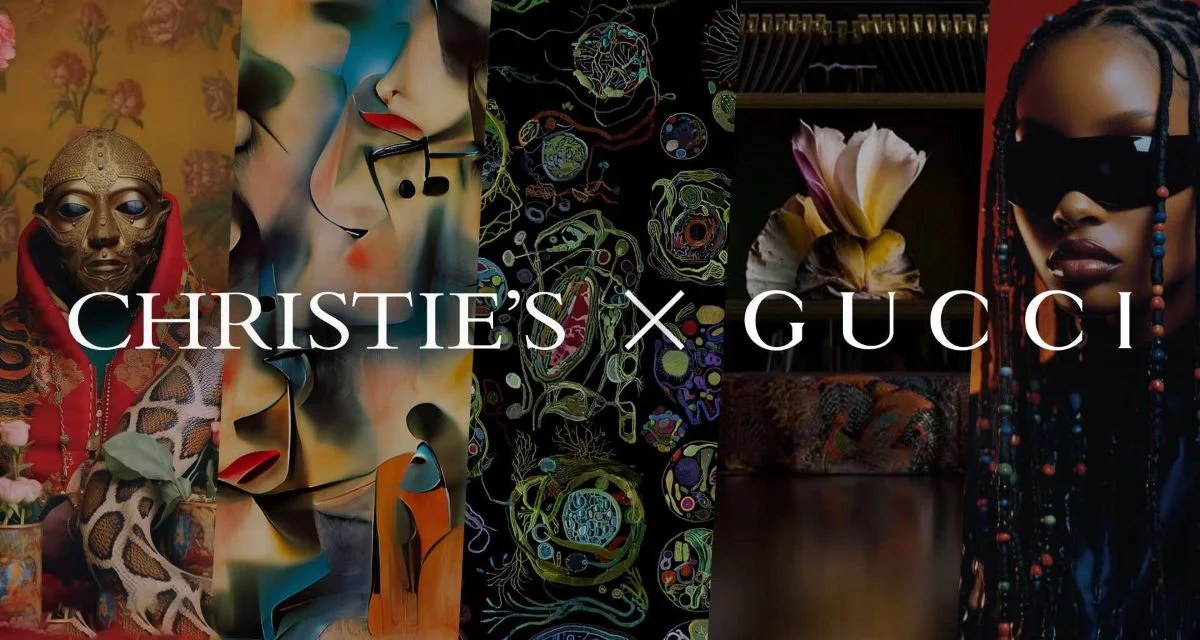 Image Source: Vanityteen
Image Source: Vanityteen
While artists typically study art history to develop their styles, philosopher Immanuel Kant associated true artistic genius with "exemplary originality", creating something unique that inspires others, rather than just copying existing works.
AI-generated art, which often mimics rather than creates, is one aspect of computer-generated creativity that has proven profitable. While AI art tools make creativity more accessible, they also raise concerns about technology replacing what has traditionally been a uniquely human domain: artistic creativity and the rights to control and benefit from it.
As technology continues to blend with human creativity, particularly through the use of AI trained on copyrighted materials, there is a growing concern about the future of human agency and autonomy in the world of creative expression.
Can Copyright Law Protect Something Created with AI?
Yes, content created using AI can be protected by copyright law, but it's unclear how much human involvement is needed for someone to be considered the "author" of the work. In August 2023, a court case called Thaler v. Perlmutter highlighted this issue.
The court ruled against giving copyright protection to an image created entirely by an AI system, saying that human authorship is necessary for copyright. U.S. copyright law states that only original works made by humans can be protected.
The court didn’t define exactly how much human input is needed for AI-generated content to be eligible for copyright. In the past, courts have allowed artists to use technology as part of their creative process. With AI, the question is how much control or decision-making the human needs to have.
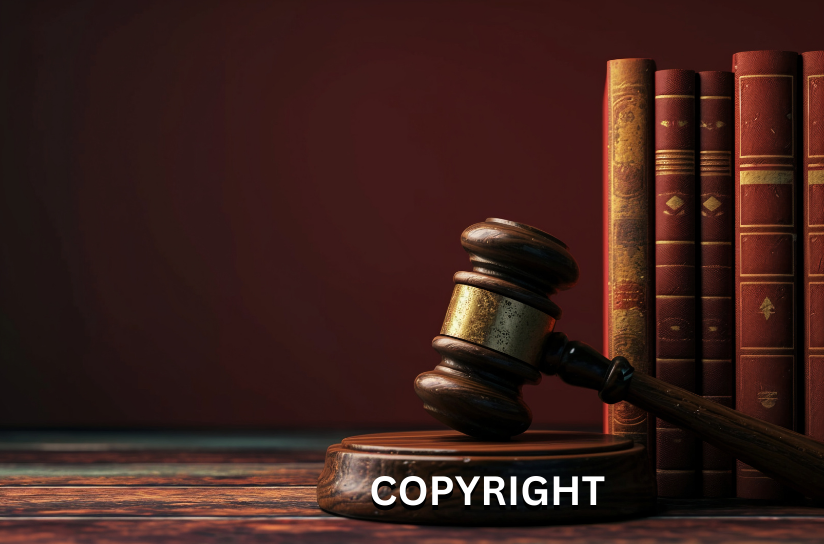
If there's enough human involvement and creativity, AI-generated work could qualify for copyright protection. As more cases arise, courts and copyright officials will likely provide clearer rules on this matter.
Lawsuits Against AI Companies Over Copyright Infringement
Recent class action lawsuits have raised concerns about whether companies like OpenAI are violating copyright laws. These lawsuits involve several major companies and high-profile plaintiffs, including authors George R.R. Martin, John Grisham, Michael Chabon, and Sarah Silverman.
What are the Allegations in this Lawsuit?
Unauthorized Use of Copyrighted Material: Plaintiffs argue that AI companies have used copyrighted works to train their models without permission or compensation. For instance, a lawsuit against GitHub, Microsoft, and OpenAI alleges that their AI tools, Codex and Copilot, were trained on open-source code but failed to provide proper attribution in the generated outputs. This is seen as a violation of the Digital Millennium Copyright Act (DMCA).
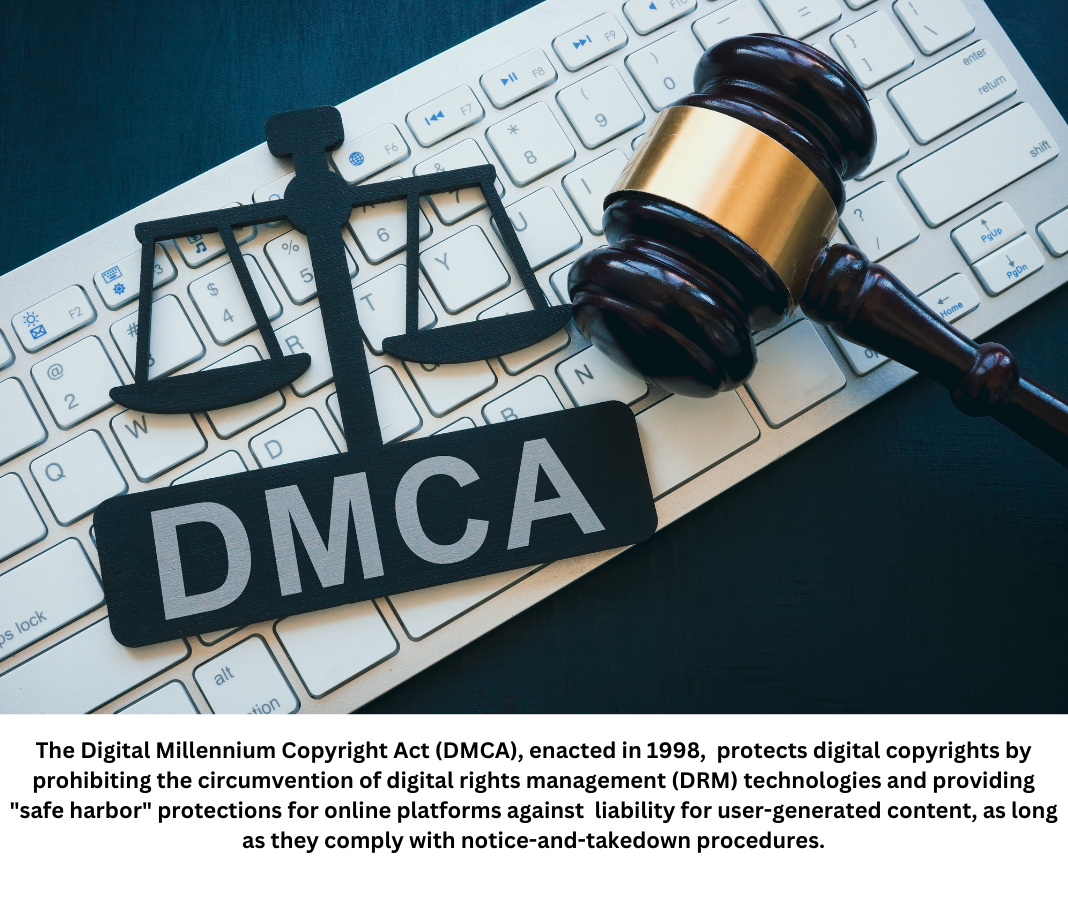
Scraping the Internet: Other lawsuits claim that AI tools from OpenAI and Meta scrape the Internet for data, capturing copyrighted texts, books, and articles, leading to unauthorized use. The complaints also argue that the AI-generated outputs, like text responses, infringe on copyright.
The New York Times Lawsuit
The New York Times has sued OpenAI and Microsoft, alleging that millions of its articles were used without permission to train AI chatbots. This case highlights the importance of managing and licensing data used in AI training.
Legal Implications for AI Art Generators
Stability AI, Midjourney, and DeviantArt Lawsuit
Accusations: A lawsuit has been filed against Stability AI, Midjourney, and DeviantArt, accusing them of copyright infringement by scraping images from the internet without permission to train their AI models.
Legal Complexity: The legal situation is complicated. While the AI systems may not have had explicit rights to use copyrighted works, the resulting AI-generated images could be considered transformative fair use. This creates a legal grey area between inspiration and infringement.
Practical Guidance for Content Creators Using AI
Understanding Copyright Law
As AI art generation technology evolves, content creators must understand copyright law to use AI-generated images legally. Here’s what you should do:
Check Terms of Service: Review the usage rights of AI platforms. Many allow customization of AI art if you retain credits.
Consult a Lawyer: If you're unsure about usage rights, consult an intellectual property lawyer.
Follow Policies: When using AI platforms, properly credit the service and follow its policies.
Consider Fair Use: If you significantly transform AI images, adding new creative elements might qualify as fair use, but this is still uncertain legally.
Fair Use and AI Art
Fair use lets you reuse copyrighted materials under certain conditions, but AI art issues are still unclear. To strengthen a fair use claim:
Transform Images: Add substantial creative changes to AI-generated images.
Use Experimentally: Use AI art for experimentation rather than for commercial purposes.
Credit the Platform: Always credit the AI platform used.
Avoid Market Harm: Ensure your use doesn’t harm the platform’s market.
Protecting AI Art
While legal clarity is pending, consider these alternative protections:
File Patents: Apply for provisional patents for innovative AI systems.
Seek Trademarks: Register trademarks for brands that use AI art.
Use Blockchain: Register AI art with blockchain services like ScoreDetect to verify ownership.
To safeguard your AI art rights, mix careful copyright practices with alternative protections and consult a lawyer when starting an AI art business.
How Are Technology Companies Addressing Risks with Generative AI Models?
Technology companies are taking several steps to manage the risks associated with developing and using generative AI models:
Monitor Training Data: Companies are keeping detailed records of the training data used for AI models, including sources, libraries, and metadata. This helps them understand and manage the risks of using copyrighted or protected materials.
Catalogue and Assess: They catalogue and assess the data to ensure it complies with intellectual property laws. This involves checking how the data is used and ensuring it doesn’t infringe on copyrights.
Update License Terms: Companies are carefully reviewing and updating license agreements to clearly define authorized uses and protect IP rights. They also adjust these terms as needed to reflect how AI outputs are used.
Form Cross-Functional Teams: Some companies create teams from different departments to monitor AI use and ensure compliance with both internal policies and external regulations.
Develop Compliance Processes: They establish robust processes to stay compliant with evolving laws and regulations, ensuring their practices align with legal standards.
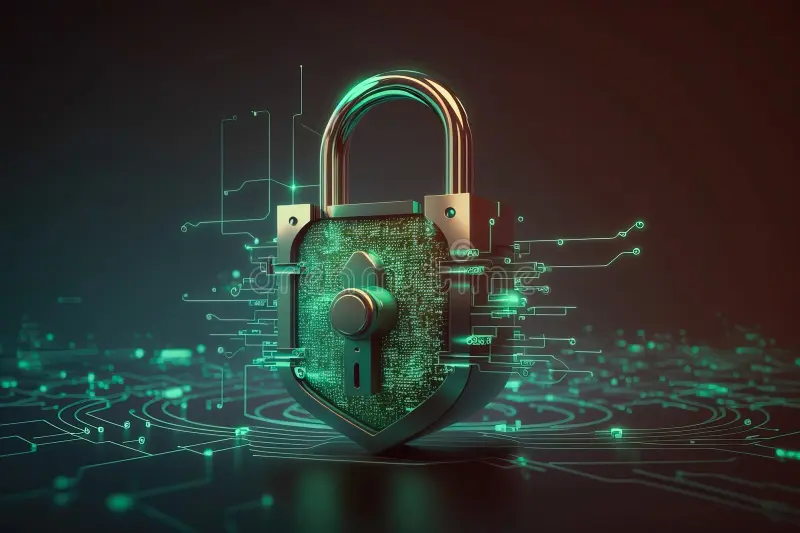
These strategies help technology companies manage the risks of potential legal disputes and ensure their use of generative AI is both effective and compliant with IP laws.
What Are Some Strategies for Effective Software License Agreements for Generative AI?
When creating software license agreements for generative AI, it’s important to consider how the AI tools interact with your software. Here are some key strategies:
Define Rights and Uses: Clearly state what rights are being granted, how the AI tools can be used, and any restrictions.
Training Data: Specify what training data the AI uses and whether user data will be used to improve the AI.
Ownership and Use: Clarify who owns the AI-generated outputs and how they can be used.
Restrictions: Include any limitations on how the AI tool can be used.
Adapt to Changes: Stay updated on evolving laws and adjust your licensing terms as needed.
These steps help ensure your intellectual property is protected while making the most of your AI innovations.
The Future of AI and Copyright Law
New Laws and Regulations
As AI-generated art becomes more common, there’s a push to update copyright laws to address new technologies. The EU is working on the AI Act, which would regulate AI systems based on their risks. This could affect how copyright applies to AI-created art. More laws might come up to handle issues like crediting creators and fair use of AI art.
Changing Copyright Rules
Recent legal cases about AI art have shown that current copyright laws might not fully cover AI creations. As more cases arise, courts might create new rules for how ownership and rights apply to AI-generated works. U.S. copyright law doesn’t yet cover AI-created content, but this could change as AI art becomes more common. Future court rulings will likely clarify how copyright applies to these works.
Impact on Creative Industries
Generative AI could significantly affect creative fields like design, music, and writing. It could change traditional business models and offer new ways to make money from content. As AI creates more media, we might see a wider variety of content available to consumers.
However, AI also raises concerns about copying and replacing human creators. Finding the right balance between protecting originality and encouraging innovation will be important as we rethink creative ownership.

